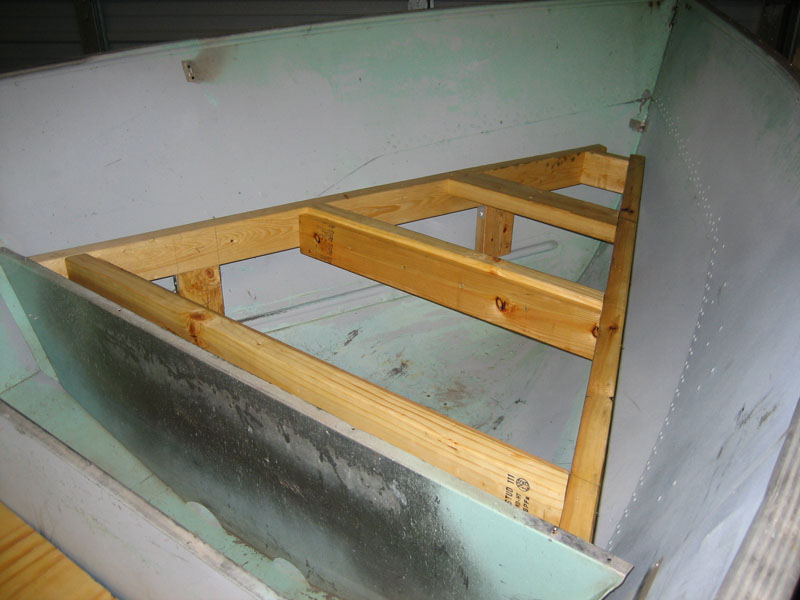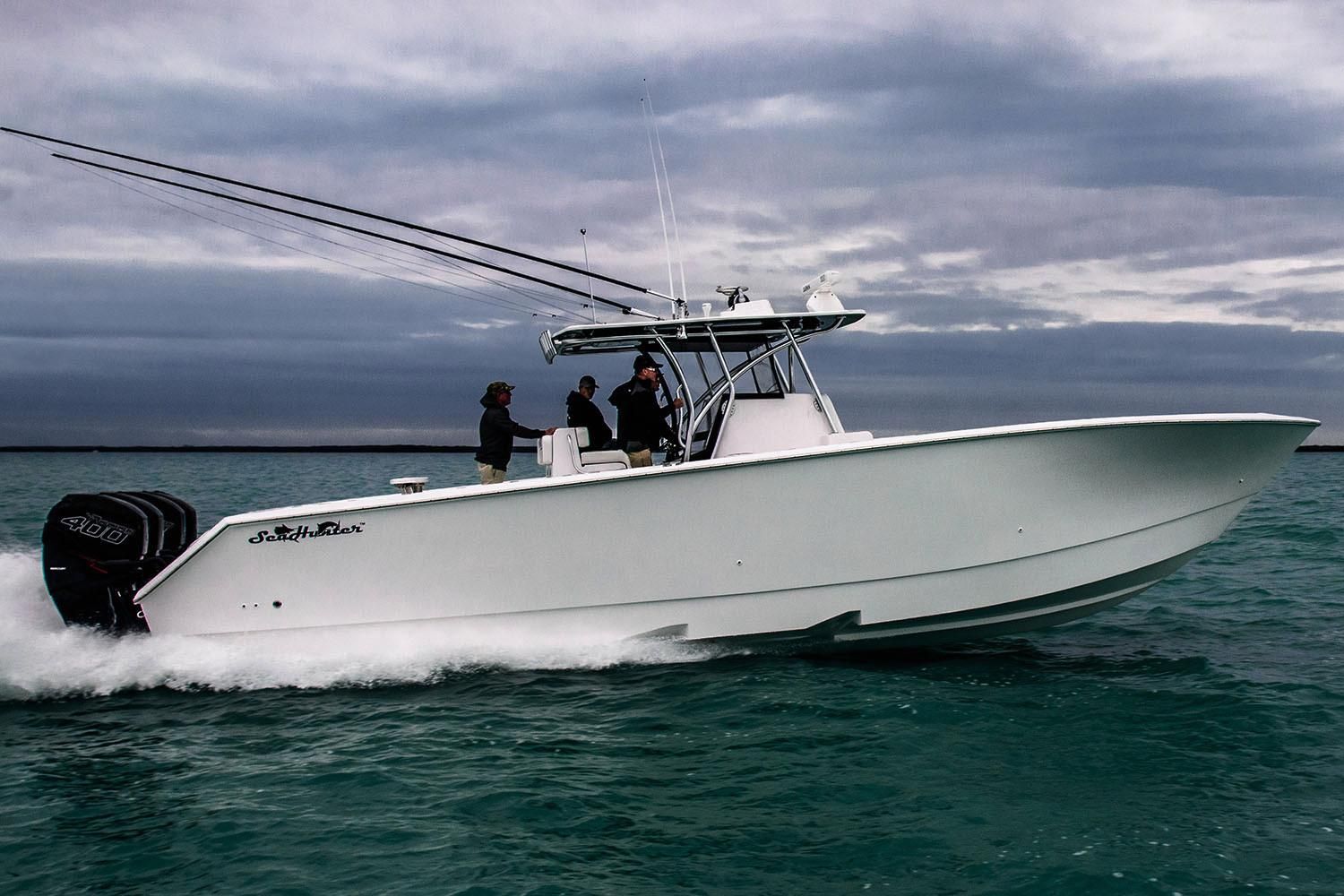Best Wooden Boat Blueprints for Commercial Boat Builders
Unlocking Success: The Best Wooden Boat Blueprints for Commercial Builders
The allure of handcrafted wooden boats endures, representing a timeless blend of artistry and engineering. For commercial boat builders, selecting the right blueprints is crucial, impacting not only the final product's quality and aesthetic appeal but also the project's profitability and timeline. This article delves into the key factors to consider when choosing blueprints and highlights resources offering exceptional designs suitable for commercial production.
Essential Considerations for Blueprint Selection
Commercial boat building demands a different approach than crafting a single bespoke vessel. Builders must carefully weigh several factors before committing to any set of blueprints. Scalability is paramount; the design should lend itself to efficient, repeatable construction methods. Consider the availability of suitable materials – are the specified woods readily sourced and cost-effective? Construction techniques should be compatible with your workshop's capabilities and the skills of your workforce. Finally, analyze the market demand; does the design cater to a specific niche with proven sales potential, or is it a more versatile design with broader appeal?
Analyzing Design Complexity and Efficiency
Complexity directly impacts production time and cost. Intricate joinery, while aesthetically pleasing, may prove inefficient for mass production. Look for blueprints featuring robust, yet straightforward designs. Analyze the joinery details – are they simple enough for your team to execute consistently while maintaining structural integrity? The blueprints should clearly detail each step, minimizing potential errors and rework, critical for maximizing profitability in a commercial setting.
Material Sourcing and Cost-Effectiveness
The cost of materials significantly impacts your bottom line. Choose blueprints specifying readily available, durable, and relatively inexpensive woods. Consider the sustainability of the lumber – using certified sustainably harvested wood is not only environmentally responsible but can also enhance your brand image and attract environmentally conscious clients. Thoroughly research lumber suppliers and secure reliable supply chains to avoid delays and cost overruns.
Top Resources for High-Quality Wooden Boat Blueprints
Numerous resources offer wooden boat blueprints, but quality varies greatly. Reputable sources provide detailed plans, often including multiple views, material lists, and construction instructions. They frequently offer design variations and customization options, allowing you to tailor the blueprints to your specific needs and target market.
Established Blueprint Providers and Designers
Many respected naval architects and boat designers offer commercial-grade plans. Research their reputation and experience – look for designers with a proven track record of successful commercial boat designs. Consider contacting them directly to discuss your project requirements and explore potential customizations. Some sources may even offer consultations to assist you during the construction process.
Online Resources and Digital Libraries
Online platforms and digital libraries offer a wealth of resources, but always verify the accuracy and completeness of the plans. Be wary of free or low-cost blueprints that may lack crucial details or contain errors. Look for resources that provide clear, high-resolution drawings, comprehensive instructions, and potentially customer support.
Beyond the Blueprints: Commercial Success Strategies
Selecting the right blueprints is only the first step. Commercial success relies on effective project management, quality control, and marketing. Develop a robust production schedule, factoring in material procurement, construction phases, and quality checks. Implement strict quality control measures to ensure consistent quality and meet customer expectations. Finally, market your boats effectively, highlighting their craftsmanship, durability, and unique features.
By meticulously selecting high-quality blueprints and employing sound business practices, commercial wooden boat builders can successfully navigate the challenges and reap the rewards of this rewarding industry. The legacy of handcrafted wooden boats continues, and with careful planning and execution, your business can be a part of it.
















